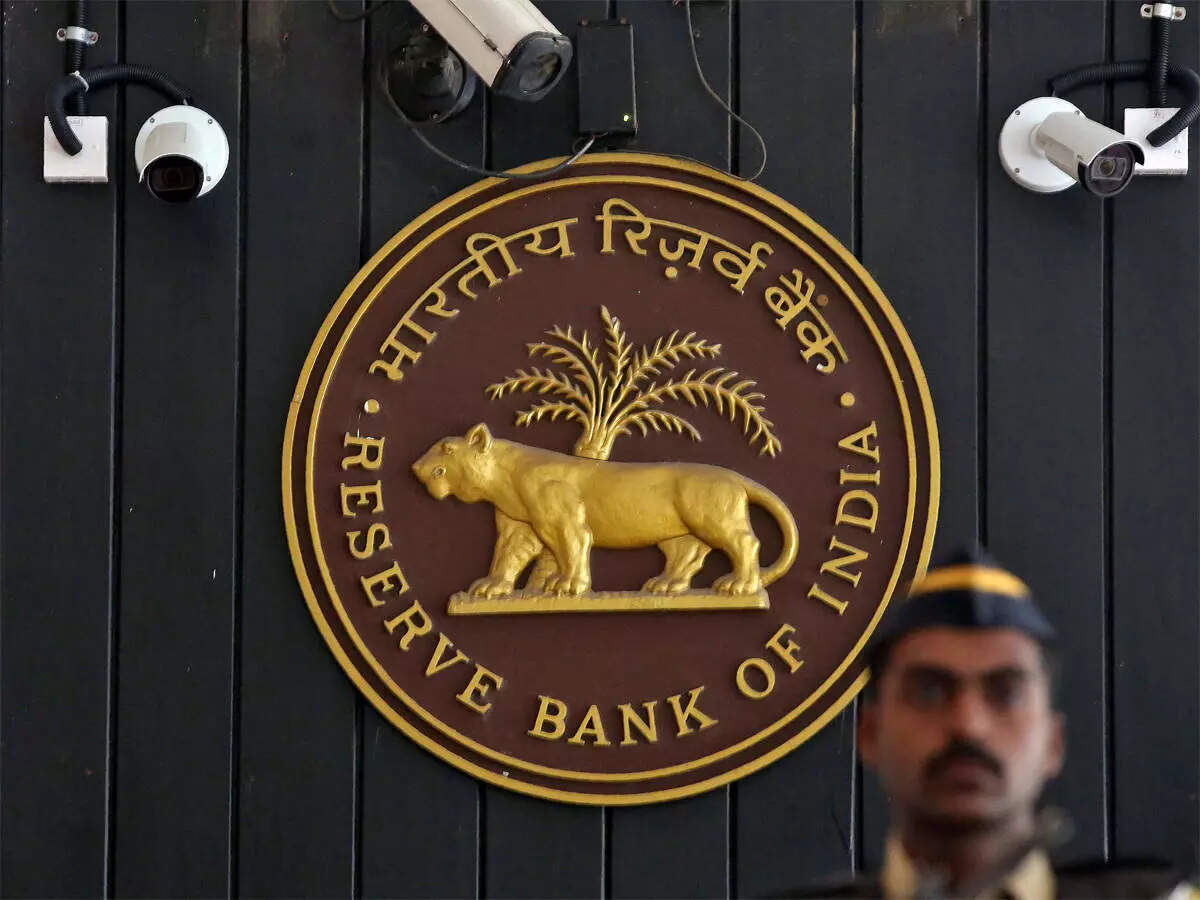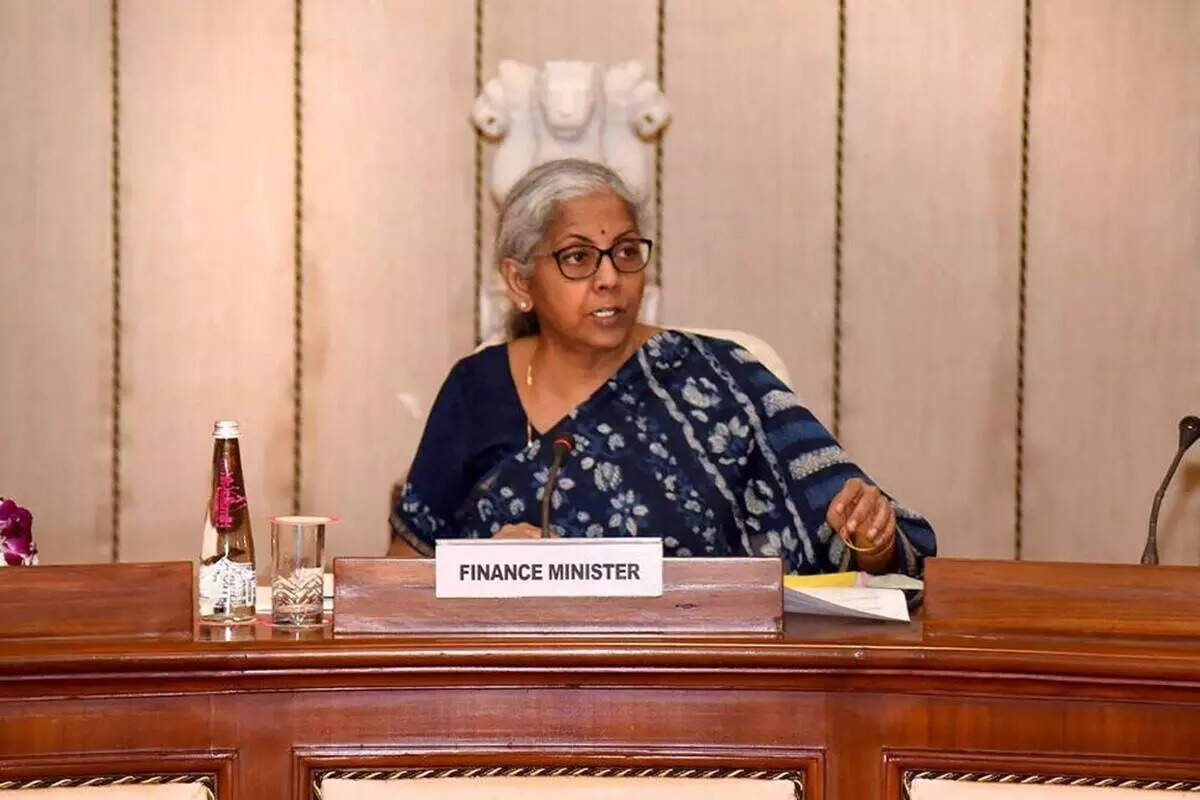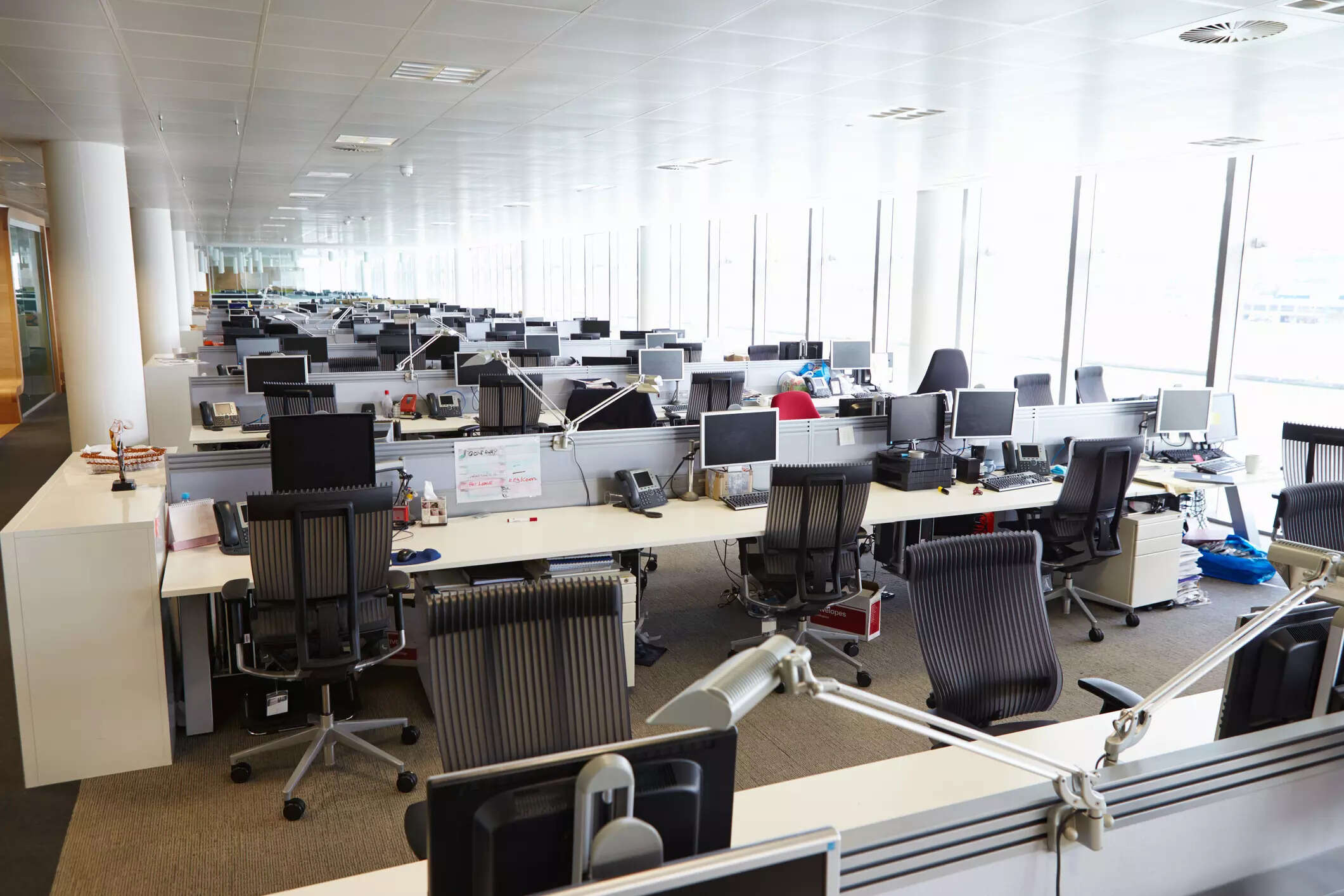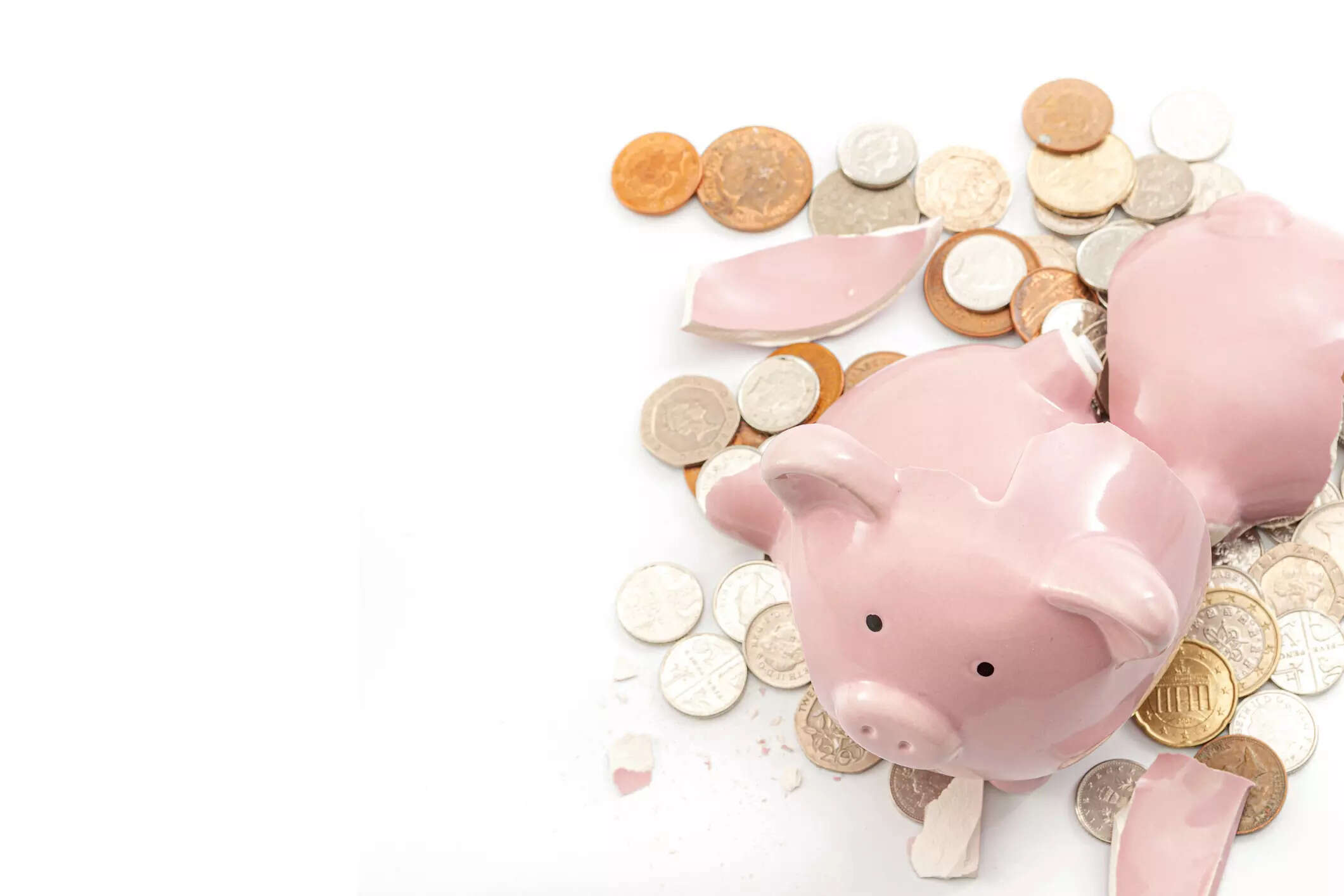Banks may sell Rs 1 lakh crore of fraud-hit loans to NARCL, ARCs, BFSI News, ET BFSI
[ad_1]
Read More/Less
Banks may offload about Rs 1 lakh crore of accounts with fraudulent activities to National Asset Reconstruction Company Ltd (NARCL) and other ARCs with the Reserve Bank of India allowed lenders to sell such loans.
In the last three years, banks have declared loan frauds amounting to Rs 3.95 lakh crore.
The new rule is part of the RBIs final norms on the transfer of loan exposures.
The move has opened a new avenue for ARCs, which till now were allowed to take over non-performing assets as well as loans which are in default for 60 days.
This bad loans that ARCs can take over include loan exposures classified as fraud as on the date of transfer provided that the responsibilities of the transferor with respect to continuous reporting, monitoring, filing of complaints with law enforcement agencies and proceedings related to such complaints shall also be transferred to the ARC, the central bank said. The transfer of such loan exposures to an ARC, however, does not absolve the transferor from fixing the staff accountability as required under the extant instructions on frauds.
Banks have to make 100% provision in four quarters for accounts tagged in the fraud category. In the case of non-performing assets without delayed recovery, 100% provisioning effectively happens over eight quarters.
The RBI has clarified on the called Swiss Challenge Method, applicable while transferring stressed loans by lenders. The RBI had proposed de-regulate price discovery by departing from Swiss Challenge auction method, where the highest bid in the first round or unsolicited bid received becomes the base for seeking counter offers.
The central bank said that in cases where the aggregate exposure of lenders to a borrower whose loan is being transferred is above 1 bln rupees, Swiss Challenge method must be followed. In all other cases, the bilateral negotiations shall be subject to the price discovery and value maximisation approaches adopted by the transferor as part of the board approved policy, which may also include Swiss Challenge method, it said However, in case of such transfers used as means for resolution under the RBI’s Jun 7, 2019 circular, Swiss Challenge method would be mandatory irrespective of the exposure threshold.
The RBI said that lenders must have a board-approved policy on the adoption of Swiss Challenge method. The policy could include parameters such as a tolerance limit on haircut required by the lenders in the base-bid and minimum mark-up for over the base for seeking counter offers, the RBI said. Such minimum mark-up, difference between the challenger and the base-bid expressed as a percentage of the base-bid, must not be less than 5% and not be more than 15%.
The bad bank
Finance Minister Nirmala Sitharaman on Thursday announced a Rs 30,600 crore government guarantee for the National Asset Reconstruction Company Limited (NARCL) for acquiring stressed loan assets, paving the way for operationalisation of the bad bank.
The finance minister in Budget 2021-22 announced the setting up of a bad bank as part of the resolution of bad loans worth about Rs 2 lakh crore.
The bad bank or NARCL will pay up to 15 per cent of the agreed value for the loans in cash and the remaining 85 per cent would be government-guaranteed security receipts (SRs). The government guarantee would be invoked if there is a loss against the threshold value.
[ad_2]



